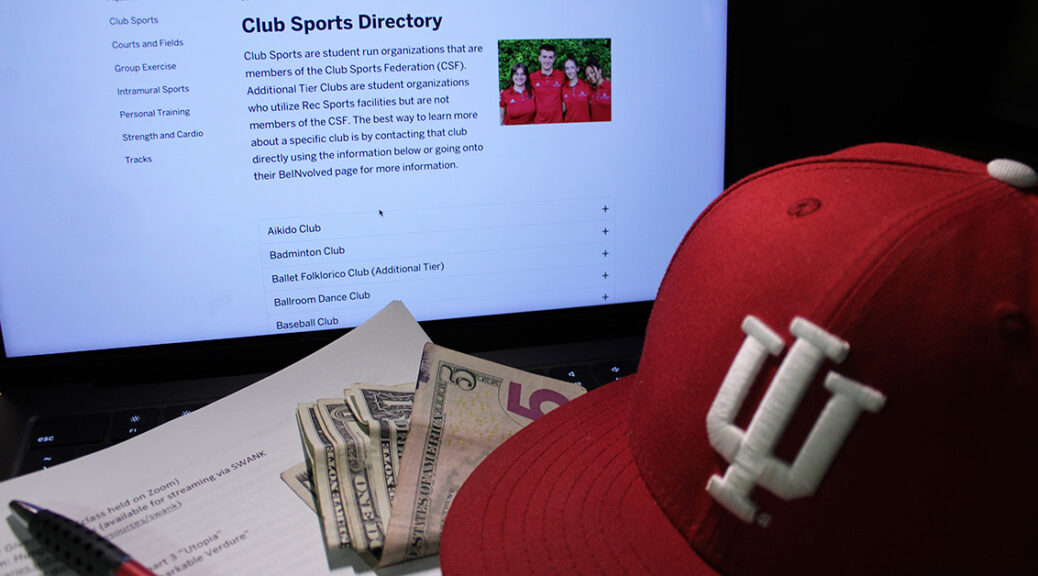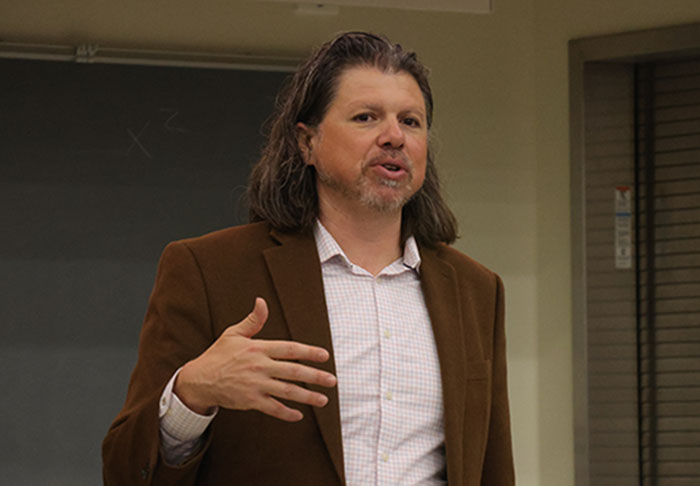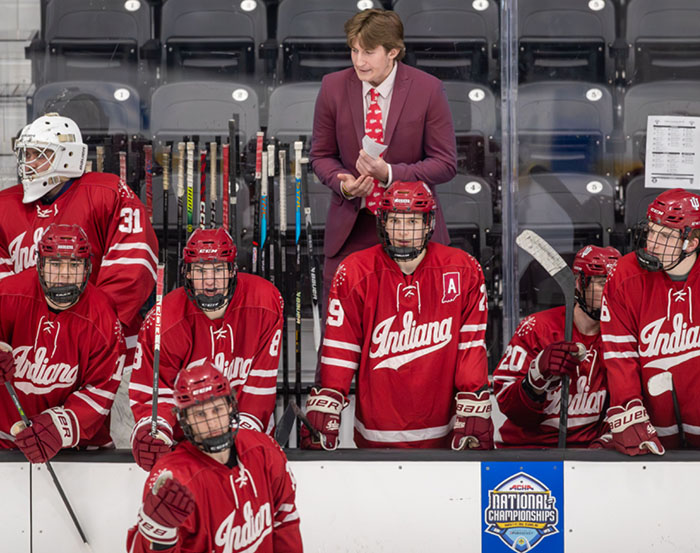
Club Sports Could Pay The Price For NIL
By Makenna Piatkowski, Ryan Banks and Matthew Mason
BLOOMINGTON, IN (Nov. 5, 2024)
The buzzer sounds and hockey players storm the ice to celebrate with teammates. Indiana University is officially bringing home some hardware as the club hockey team wins the American Collegiate Hockey Association (ACHA) National Championship. A team with so much talent finally wins it all, and they didn’t even pay the players to do it.
An athlete’s name, image and likeness (NIL) allows for college players to be paid for anything attached to their brand, such as personal merchandise, camps and clinics or any type of affiliate roles. Before NIL was put into effect, athletes were prohibited from profiting off of their personal brand, and could even face punishments if it occurred. One example of this is Reggie Bush, who had his Heisman Trophy taken away (it has since been returned in the wake of athletes getting paid) after he was illegally compensated. Collegiate athletes are now allowed to hire outside expertise to advise them in deals surrounding NIL, and most college athletes are benefiting from this law change. The biggest advocates for NIL argue that athletes that spend countless hours in practices and games should be compensated fairly for their time and inability to acquire a job outside of school and sport.
Many have spoken up about NIL and the effect it has had on student athletes, including Indiana University Media School professor, Galen Clavio. Clavio uses his many years of experience as a broadcaster and reporter in the sports industry to speak on various topics, both in his own classes and in guest speeches to students in other media classes. In a press conference held in a C250 Story Lab class, students were able to ask questions about NIL and what the future holds.

“What keeps the boat in the water is the tens of thousands or hundreds of thousands of dollars of donations coming from the alumnus who feel positive emotions towards their university.”
However, some people have some issues with how NIL works. NIL deals only benefit those in high level collegiate sports, and tends to ignore other sports, like the 40 club sports at Indiana University. When asked about how new collegiate funding ideas would affect smaller sports, Clavio noted that a lot of lower level sports could see major cuts.
“The NCAA has been throwing everything they can at trying to get some kind of antitrust exemption or some kind of carve out from the government because if they don’t get that…it’s going to be a fundamental reorganization of a lot of what we see in college athletics where you could see a lot of college athletic programs kind of convert back down to what we would consider to be ‘Club Status’.”
Due to the underfunding of collegiate club sports, athletes like Peter Faust, a club lacrosse player at IU, have had to sacrifice personal time and money to the sports that are played.

“Club sports run pretty similarly but lacrosse in particular is rather expensive to be a part of. Each member of the team owes dues each semester and that only covers field time and travel. The uniforms and their equipment are further expenses out of their pockets.”
Without funding from the university, athletes that want to continue to play the sport they love continue to cost them. Although the high level sports seem like an unattainable schedule, Andrew Gus, IU Club Hockey Forward Coach, does not think that they are all that different.
“We practice 4 days a week and have to travel on weekends. We have given up on some big things in college because we had to travel that weekend, but it’s all worth it. It would be nice to see the school compensate for that.”
Gus also acknowledges the discrepancy between the recognition that some sports get over others and what the university chooses to prioritize, in terms of media coverage.

“Look at the football team right now, it is awesome. But the hockey team won the national championship last season and not as many people know about that. The school could have helped with spreading that news.”
NIL has greatly affected the culture when it comes to collegiate sports, in both positive and negative ways. However, it is notable that club sports and the lower level division sports may face many challenges due to this new era in college athletics.
People on the street speak their mind about whether NIL is fair for club level sports and consider the effects that a lack of funding could have. Multiple perspectives were administered during the afternoon interviews.
###

